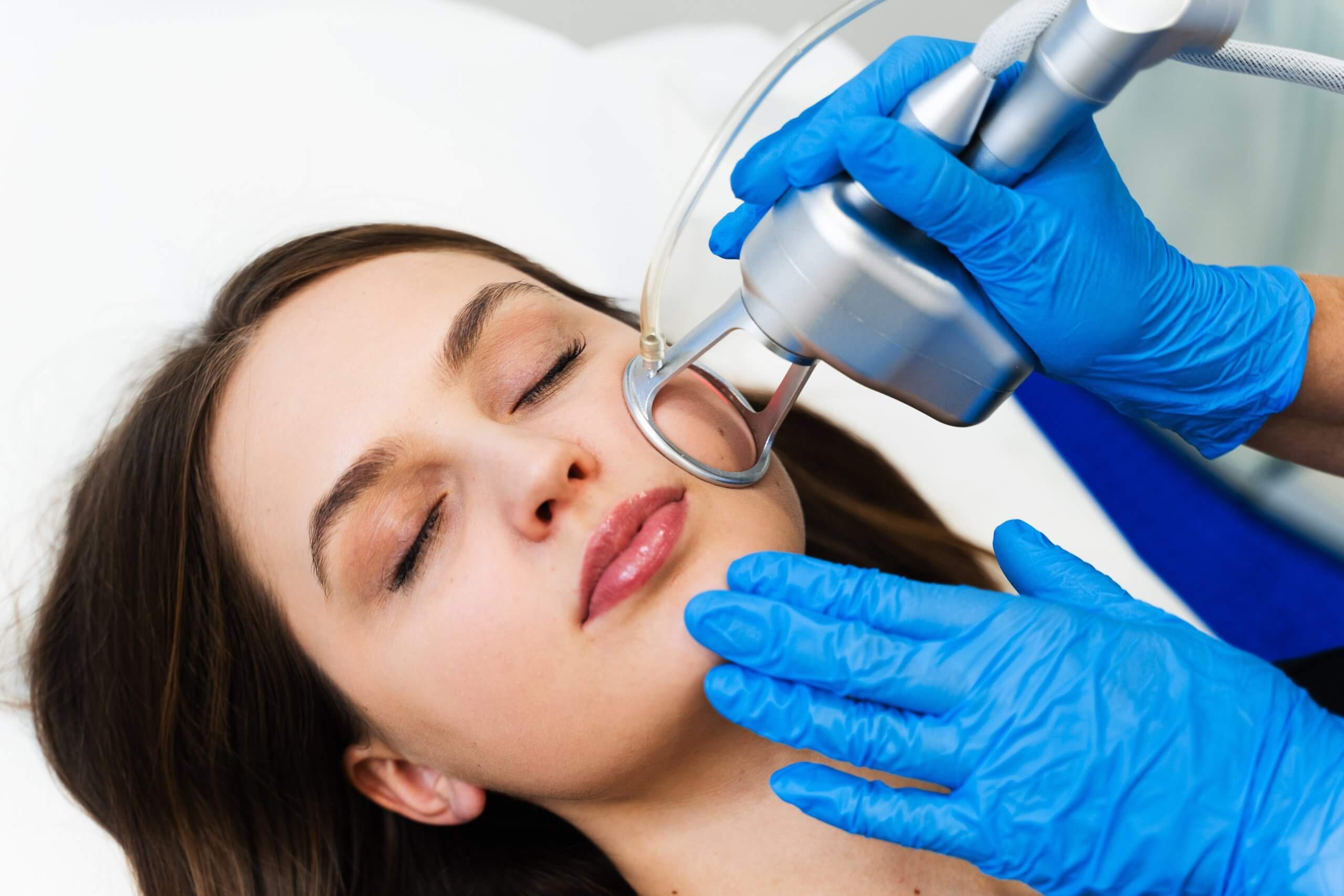Laser Skin Resurfacing Training: A Comprehensive Guide
Important to note, laser skin resurfacing training allows technicians to perform a popular cosmetic treatment that has gained tremendous traction over the past few decades. By leveraging the power of laser technology, this treatment aims to rejuvenate the skin, reduce wrinkles, and address various skin imperfections. In this blog, we will explore the science behind laser skin resurfacing, the benefits it provides, different types of lasers used, and essential considerations before opting for this treatment.
Laser Skin Resurfacing Training
 Understanding Laser Skin Resurfacing Training
Understanding Laser Skin Resurfacing Training
Considering the former, laser skin resurfacing training works to educate cosmetic laser technicians on a dermatological technique that uses focused light beams to remove the outer layers of the skin. This, in turn, promotes the growth of new, healthy skin cells.
As well as that, this process helps overall in reducing facial wrinkles, age spots, acne scars, and other skin irregularities. By precisely targeting damaged skin, laser skin resurfacing can effectively improve skin texture and tone.
The Science Behind the Treatment
In addition, the laser skin resurfacing treatment works by directing short, concentrated pulsating beams of light at irregular skin. With this in mind, the laser’s energy heats the deeper layers of the skin, which stimulates collagen production- a vital protein responsible for skin elasticity and firmness. As the skin heals, the regenerated skin appears smoother and more youthful.
Types of Lasers Used: Ablative vs. Non. Ablative
Ablative Laser
To elaborate, ablative lasers are more invasive and work by removing the outer layers of the skin. Some examples include CO2 lasers and Eribium lasers. CO2 lasers are effective for treating deeper wrinkles, scars, and warts. In contrast, Eribium lasers are preferred for more mild skin issues and have a shorter recovery time.
Non-Ablative Lasers
As well as that, non-ablative lasers do not remove the outer layer of the skin to treat skin imperfections. Instead, non-ablative lasers heat the underlying skin tissue, which prompts collagen production. These lasers are less invasive and have a faster recovery period. Moreover, the non-ablative lasers are typically used for mild to moderate skin rejuvenation and improvement of skin texture.
Benefits of Laser Skin Resurfacing
Considering the former, the advantages of laser skin resurfacing are numerous and can significantly enhance a client’s appearance and confidence.
1. Reduction of Fine Lines and Wrinkles
This treatment process is highly effective in minimizing the appearance of fine lines and wrinkles, particularly around the eyes and mouth.
2. Improvement of Skin Texture and Tone
As well as that, laser resurfacing can correct uneven skin tone and texture, giving it a smoother and more uniform appearance.
3. Addressing Acne Scars and Other Imperfections
In addition, laser skin resurfacing can significantly reduce the visibility of acne scars, age spots, and other minor skin concerns.
4. Stimulation of Collagen Production
With this in mind, the heat from the laser stimulates collagen production, which helps in maintaining skin firmness and elasticity over time.
5. Long-Lasting Results
With proper skincare, the results of laser skin resurfacing can be long-lasting, making it worth while investment.
National Laser Institute
Furthermore, laser skin resurfacing is a revolutionary treatment that can deliver impressive results in skin rejuvenation. By understanding the different types of lasers and benefits, individuals can make informed decisions about their skincare treatments. With this in mind, by consulting with a qualified dermatologist and following a proper skincare regimen post-treatment can maximize the benefits and ensure a smooth recovery.
Laser skin resurfacing training is a gateway to offering one of today’s most in-demand cosmetic treatments with confidence and precision. With National Laser Institute’s training, you will gain valuable knowledge of how laser energy interacts with the skin. As well as that, you will gain the ability to distinguish between non-ablative, and ablative lasers, as well as, get a firm grasp of how treatment protocols work to deliver real results.
This training empowers professionals to safely reduce wrinkles, improve skin tone, and restore confidence in clients who are seeking a more youthful, refreshed appearance. To conclude, as laser technology continues to evolve, so does the need for skilled, certified technicians who can harness its power effectively. Click here to contact National Laser Institute to get started today!

About the Author
Louis J. Silberman is the CEO and Co-Founder of National Laser Institute, the pioneer of the medical aesthetics training industry and the largest educator in the country. NLI also operates one of the busiest medical spas in the country, seeing up to 3,000 clients per month. Louis Silberman is also an entrepreneur who has been named Ernest and Young’s EY Entrepreneur of the Year Semifinalist.








